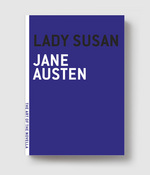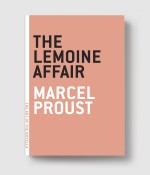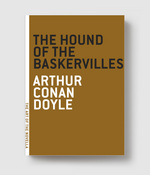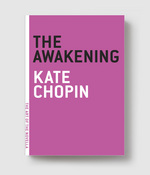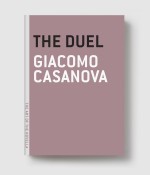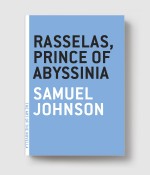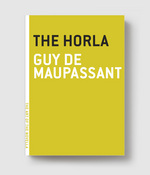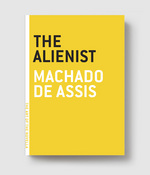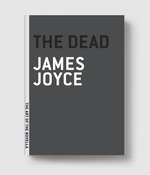
List price: $10.00
- Pages105
- ISBN9781933633046
- Publication dateMarch, 2008
- Categories
- Booksellers
- Media
- Academics & Librarians
The Dialogue of the Dogs
Miguel de Cervantes
Part of The Art of the Novella
“Ever since I could chase a bone, I’ve longed to talk….”
The first talking-dog story in Western literature—from the writer generally acknowledged, alongside William Shakespeare, as the founding father of modern literature, no less?
Indeed, The Dialogue of the Dogs features, in a condensed, powerful version, all the traits the author of Don Quixote is famous for: It’s a picaresque rich in bawdy humor, social satire, and fantasy, and it uses story tactics that were innovative at the time, such as the philandering husband who, given syphilis by his wife, is hospitalized. Late one feverish night he overhears the hospital’s guard dogs telling each other their life’s story—a wickedly ironic tale within the tale within the tale, wherein the two virtuous canines find themselves victim, time and again, to deceitful, corrupt humanity.
Here in a sparkling new translation, the parody of a Greek dialogue is so entertaining it belies the stunningly prescient sophistication of this novella—that it is a story about telling stories, and about creating a new way to discuss morality that isn’t rooted in empiricism. In short, it’s a masterful work that flies in the face of the forms and ethics of its time…and perhaps ours as well.
